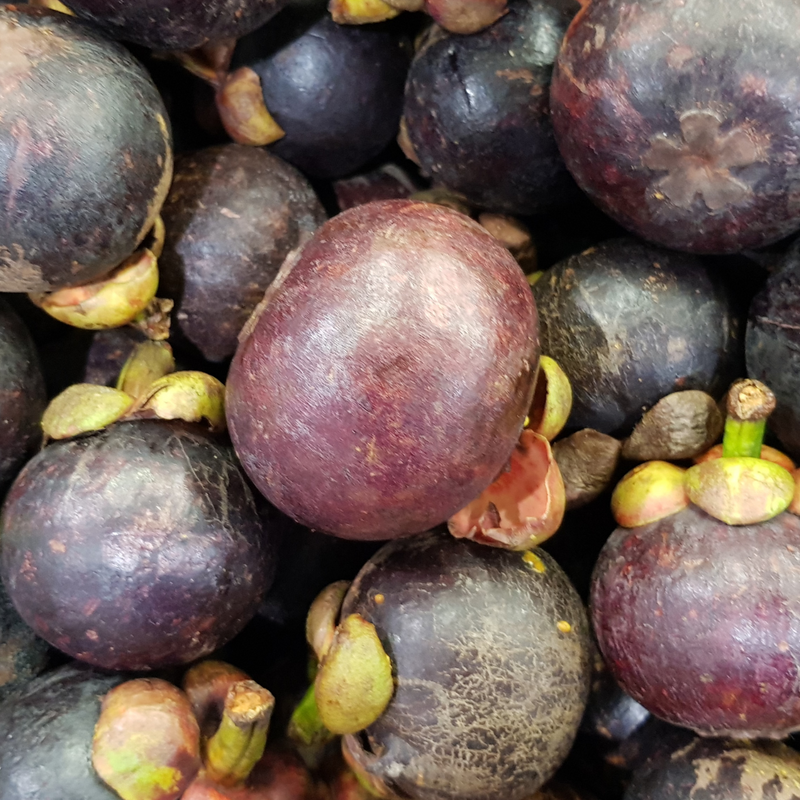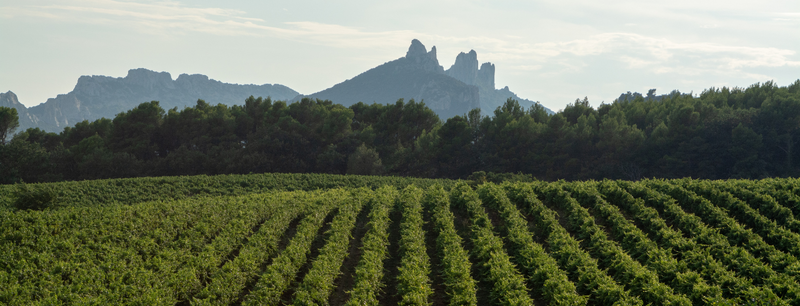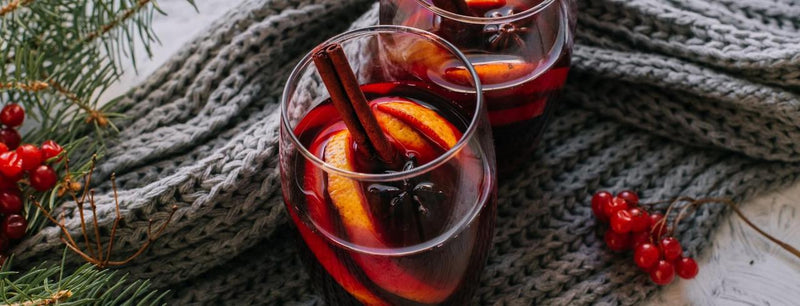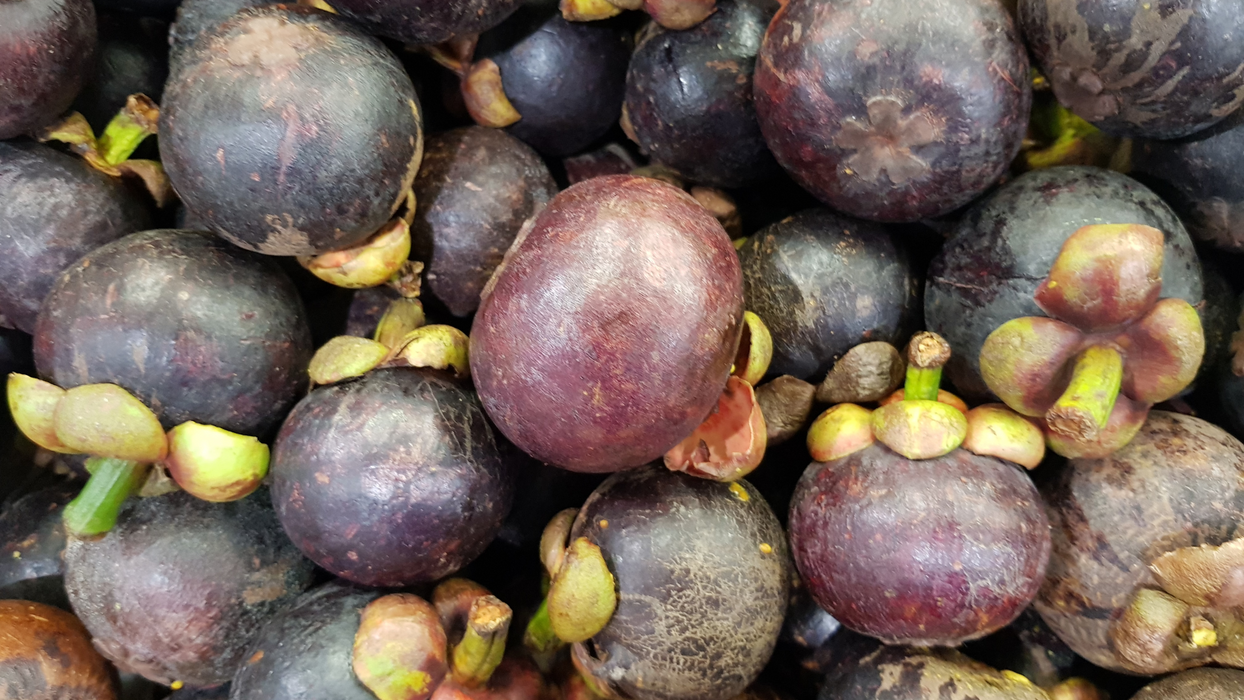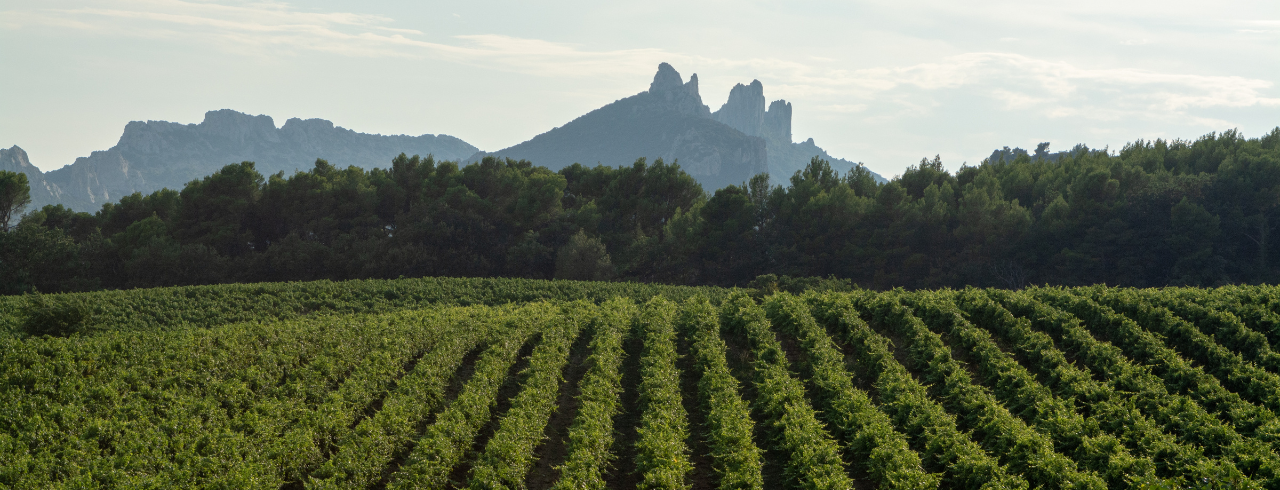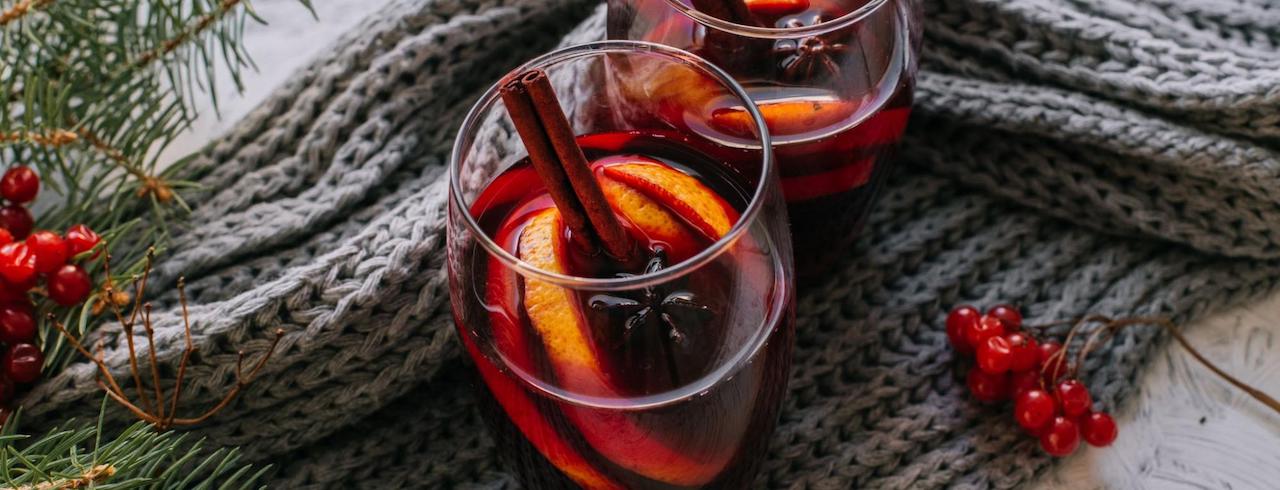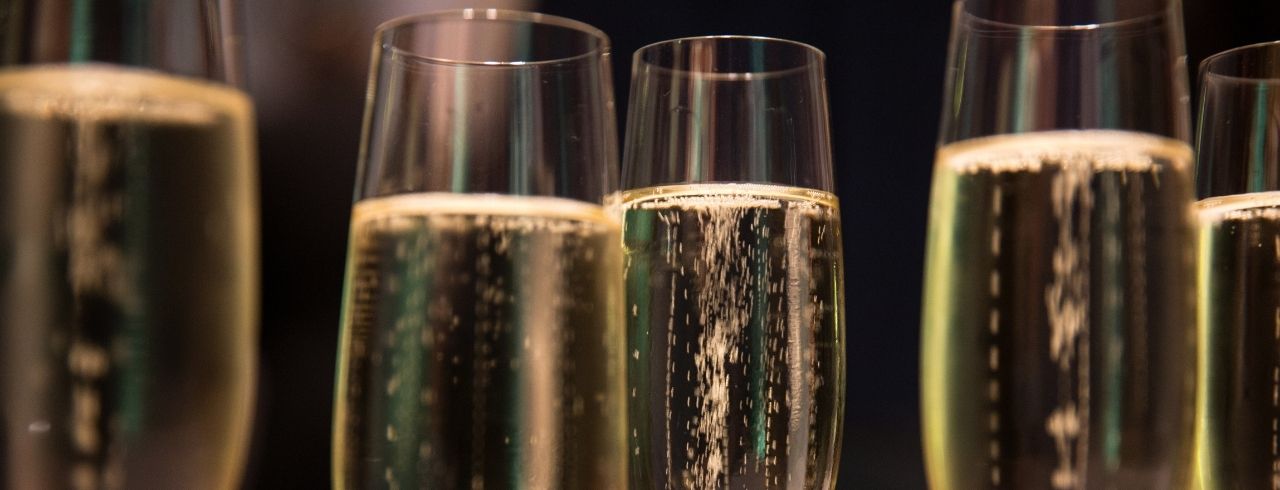
Brut Champagne: Everything You Need to Know
Brut champagne is one of the most popular forms of sparkling wine out there. You’ve probably seen it browsing the wine aisle, and you might even have popped open a bottle and loved the taste, but still, you don’t know what “brut” truly means.
Luckily, we’re here to guide wine drinkers of all experience levels, helping wine newbies fill out their cellar and guiding enthusiasts to learn more about wines they fell in love with long ago.
This article’s going to cover the bases, so kick back, pour yourself a glass, and read on to learn everything you need to know about Brut wine.
What Does Brut Mean?
In French, Brut roughly translates as “dry.” Following some high-level logic skills, we can conclude that a Brut wine is a dry wine.
At its heart, that’s all Brut means — dry. If you want to get technical, only dry wines that have less than 12 grams of sugar per liter earn the label of Brut.
This means that an especially dry sparkling wine may be labeled Brut champagne or even Brut Champagne, depending on its region of origin. Confused? That’s only natural.
“Champagne (with a capital C)” must be produced in the Champagne region of France. Of course, the region has become so synonymous with sparkling wines that international winemakers often label their sparkling wines as “champagne” (notice the lowercase c). These sparkling wines can taste just as delicious as true Champagne, but they’re not from France. That’s all there is to it.

The Sweetness Spectrum
So, we know that Brut wines are some of the sharpest in the world of sparkling. But if you want to grasp how crisp a Brut really is, you’ve got to know where it sits on the sweetness spectrum.
We’ve created a quick rundown of the different sweetness levels you might find browsing through sparkling wines:
- Brut Nature, Brut Zero — Bone-dry, these Bruts are highly acidic, sharp, and incredibly pleasant to the right palate.
- Extra Brut — Slightly sweeter, slightly wetter, these Bruts are great for those looking to cut back on sugar, with less than 6 grams per liter.
- Brut — Under the big, dry umbrella, a Brut sparkling wine contains anywhere from 0-12 grams of sugar per liter.
- Extra-Sec — Out of Brut territory, these semi-sweet sparkling wines have slightly more sugar and sweetness but are still relatively dry.
- Sec — Sec wines begin the foray into the sweeter spectrum of sparkling.
- Demi-Sec — Sweet, intensely fruity, these wines can pack a floral, citrus-heavy, sugary punch.
- Doux —At the peak of Sweet mountain, Doux sparkling wines pack in at least 50 grams of sugar per liter. That’s more sugar in the bottle than a can of Coke.
If you’re looking for a bottle of Champagne, you might be wondering if Extra-Dry Champagne qualifies as a Brut Champagne. In truth, these Champagnes are still too sweet to earn the Brut label, holding 12-17 grams of sugar per liter.
While Bruts enter the mouth like a sharp, crisp bite, the sweeter, sparkling wines are often served in lieu of dessert. In general, 6-12 grams of sugar per liter is considered the sweet spot for most folks, as the slight sweetness strikes a pleasing contrast to the natural acidity formed by the fermentation process.
Of course, rules of thumb are meant to be broken. Depending on your mood or palate, feel free to go for a mouth-watering Brut Zero or a sugar-packed Doux.
The Makings of Brut
Similar to other sparkling wines, there are three ways to concoct a delicious Brut.
After the base wine is fermented, winemakers throw in yeast and add sugar to the mixture to begin the second fermentation, creating those tingly bubbles as well as natural sediments. With Bruts, minimal sugar is added to maintain the natural crisp and bite of the wine. In dessert wines, you’ll funnel in a good deal more to satisfy a sweet tooth.
However, the location and duration of this second fermentation process are where the differences emerge. These different methods are broken down below:
Traditional Method (Methode Champenoise)
Usually the most expensive method, the second fermentation occurs entirely in the bottle, allowing the yeast particles (lees) to comingle with the wine, adding desirable flavors.
Every two days, a machine or winemaker rotates the bottle slightly to gather the sediments into the neck before freezing and removing the lees to prepare the wine for consumption. This method is the most labor-intensive and is used for traditional Champagne, Dom Perignon, and Spanish Cavas.
Tank method
The cheapest of the three methods, the base fermented wine, is transferred to stainless steel tanks in large quantities. Here, the wine undergoes fermentation and sediment removal en masse, forgoing extensive lees-wine mingling.
This method is the most cost-effective and produces clean, youthful wines rather than the more mature, textured ones produced by the traditional method.
Transfer method
A combination of the two techniques above, secondary fermentation occurs in the bottle before the wine is then transferred into large, stainless steel tanks to filter the sediment in a more cost-effective manner.
Neither method is necessarily superior to the other; it all depends on the taste and texture you’re looking for.

How Brut Tastes Best
If you’re looking to get the most from every sip, Bruts should be served cold. As a rule of thumb, look to put the bottle in the fridge three to five hours before serving. If you forgot to pre-plan your chilling, pop the bottle in an ice bucket and wait thirty minutes to dive in.
While Brut likes to be served cold, you shouldn’t store the bottle in the fridge long-term. Over time, low temperatures can dry out the cork, allowing carbonation to escape and those delicious bubbles to go flat. Instead, store your bottles in a wine cellar or a cupboard with the bottle positioned on its side. This keeps the cork wet and the carbon contained.
In general, you should aim to serve Bruts and other sparkling wines in flutes. While a regular wine glass will work in a pinch, flutes are perfect for colder drinks as their design prevents the drink from being warmed by your hands, maintaining optimal drinking temperature for longer.
Brut’s natural sharp texture strikes a pleasing contrast to rich, creamy foods like soft cheeses and fatty meats. For entrees, a Brut pairs beautifully with decadent seafood dishes like lobster or crab or in creamy pasta or risotto.
Of course, Brut doesn’t mind riding solo. It’ll feel right at home as the star drink of your next celebration.
Try A Bottle, You Brut
Whether you’re looking to cut down on your sugar intake or simply looking to expand your palate, Brut wines are an excellent option.
Pair a Blanc de Blanc from the south of France with a creamy brie or a George Philipps from the rolling hills of California with a buttery lobster tail. Whatever the occasion, a bottle of mouth-watering Brut promises to bring a celebration wherever it’s poured.
If you’re looking for more info on different wine tastes and textures, check out our ever-growing library of Wine 101 guides and browse our extensive catalog of Bruts and other bottles featured on our website!
